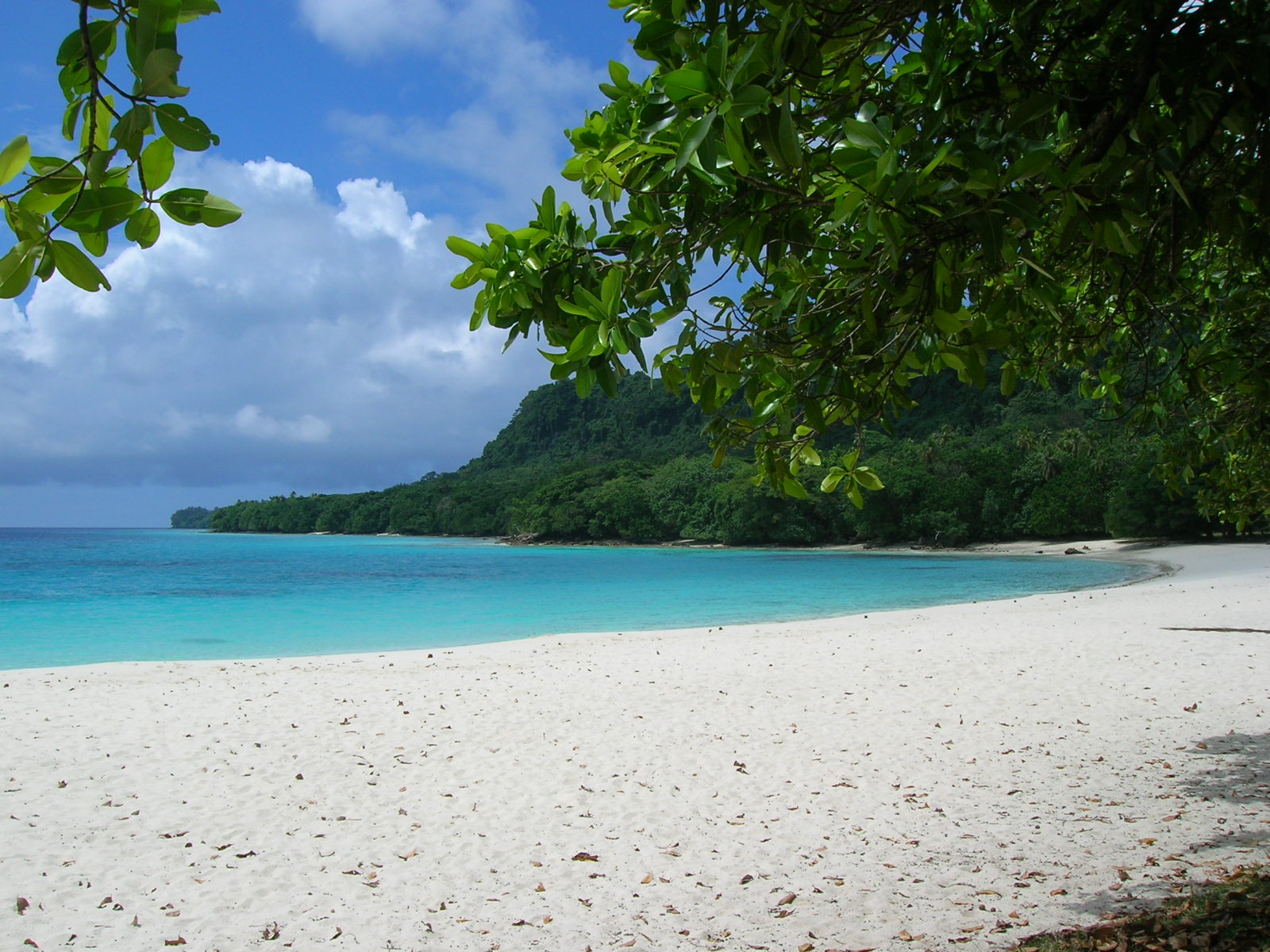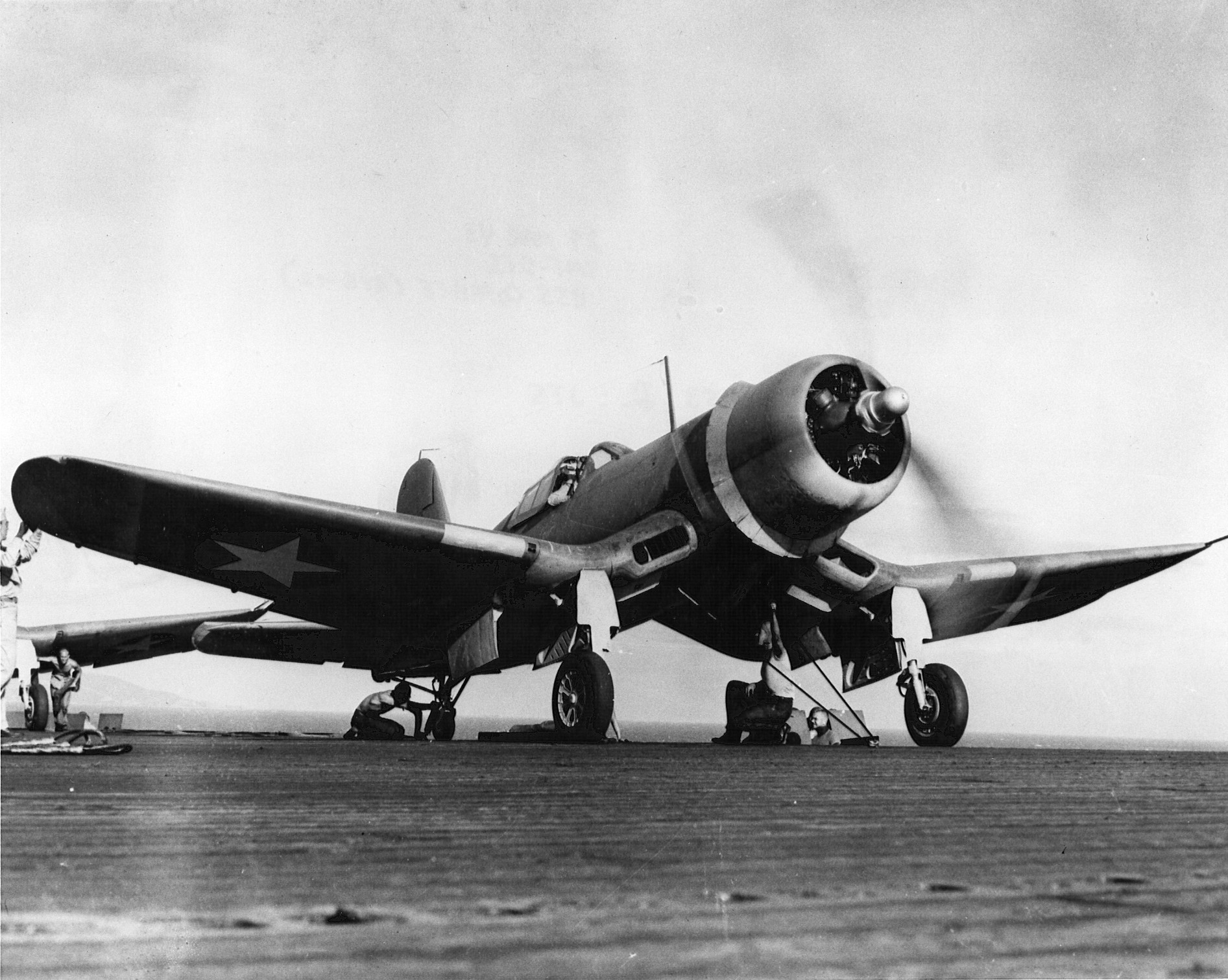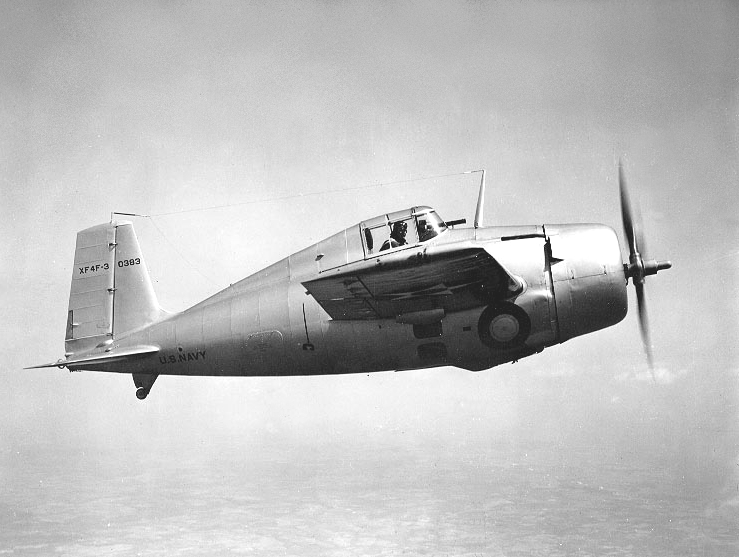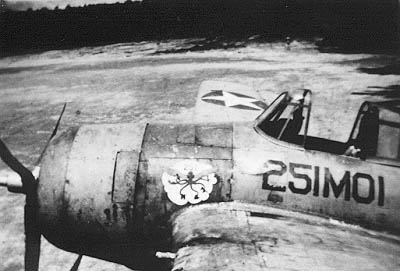|
Turtle Bay Airfield
Turtle Bay Airfield or Fighter Field #1 is a former World War II airfield on the island of Espiritu Santo in the New Hebrides Islands at the Espiritu Santo Naval Base. History World War II The first bases on Espiritu Santo were established by the U.S. Navy as defensive bases to guard the existing facility at Efate and to support the Solomon Islands Campaign, however its strategic location led to its expansion into one of the largest advance bases in the South Pacific. A group of Seebees from the 3rd Construction Battalion detachment ( 1st Naval Construction Battalion) with an anti-aircraft battery from the 4th Defense Battalion and a company of colored infantrymen arrived on Santo on 8 July 1942 to begin work on Turtle Bay airfield to bomb the airfield the Japanese were building on Guadalcanal. The Seebees were given twenty days in which to construct the airfield, assisted by 295 infantrymen, 90 Marines and 50 natives. Working around the clock, a runway was cleared and surfa ... [...More Info...] [...Related Items...] OR: [Wikipedia] [Google] [Baidu] |
Espiritu Santo
Espiritu Santo (, ; ) is the largest island in the nation of Vanuatu, with an area of and a population of around 40,000 according to the 2009 census. Geography The island belongs to the archipelago of the New Hebrides in the Pacific region of Melanesia. It is in the Sanma Province of Vanuatu. The town of Luganville, on Espiritu Santo's southeast coast, is Vanuatu's second-largest settlement and the provincial capital. Roads run north and west from Luganville, but most of the island is far from the limited road network. Around Espiritu Santo lie a number of small islands and islets; among them are: Dany Island, Araki, Elephant Island, Sakao, Lataroa, Lataro, Thion, Malohu, Malwepe, Malvapevu, Malparavu, Maltinerava, Oyster Island, Tangoa, and Bokissa. Vanuatu's highest peak is the 1879 metre (6165 foot) Mount Tabwemasana in west-central Espiritu Santo. History A Spanish expedition of three ships, led by Portuguese explorer Pedro Fernandes de Queirós, lande ... [...More Info...] [...Related Items...] OR: [Wikipedia] [Google] [Baidu] |
Colored
''Colored'' (or ''coloured'') is a racial descriptor historically used in the United States during the Jim Crow, Jim Crow Era to refer to an African Americans, African American. In many places, it may be considered a Pejorative, slur, though it has taken on Coloureds, a special meaning in Southern Africa. Dictionary definitions The word ''colored'' (Middle English ''icoloured'') was first used in the 14th century but with a meaning other than race or ethnicity. The earliest uses of the term to denote a member of dark-skinned groups of peoples occurred in the second part of the 18th century in reference to South America. According to the ''Oxford English Dictionary'', "colored" was first used in this context in 1758 to translate the Spanish term ''mujeres de color'' ('colored women') in Antonio de Ulloa's ''A voyage to South America''. The term came in use in the United States during the early 19th century, and it then was adopted by emancipated slaves as a term of racial pride a ... [...More Info...] [...Related Items...] OR: [Wikipedia] [Google] [Baidu] |
VMF-115
Marine Fighter Attack Squadron 115 (VMFA-115) is a United States Marine Corps F/A-18 Hornet squadron. Officially nicknamed the "Silver Eagles" and on occasion ''Joe's Jokers'' after their first commanding officer Major Joe Foss, the squadron is based at Marine Corps Air Station Beaufort, South Carolina and falls under the command of Marine Aircraft Group 31 (MAG-31) and the 2nd Marine Aircraft Wing (2nd MAW). The squadron has seen combat during World War II, the Korean and Vietnam Wars and has deployed in support of Operation Iraqi Freedom with a final deployment in 2008 to Al Asad Airbase in western Iraq. The Squadron radio callsign is "''Blade''". Mission Intercept and destroy enemy aircraft under all-weather conditions and attack and destroy surface targets. History World War II Marine Fighting Squadron 115 (VMF-115) was organized on July 1, 1943 at Marine Corps Air Station Santa Barbara, California, as a F4U Corsair squadron. One of the Marine Corps most famous aces ... [...More Info...] [...Related Items...] OR: [Wikipedia] [Google] [Baidu] |
VMF-213
Marine Fighting Squadron 213 (VMF-213) was a reserve fighter squadron in the United States Marine Corps. Nicknamed the "Hell Hawks", the squadron fought during World War II in the Philippines and at the battles of Iwo Jima and Okinawa. With its assignment to the USS Essex (CV-9) and ''Air Group 4'', VMF-213 along with VMF-124 was one of the first two Marine squadrons to augment carrier air groups during World War II. The squadron was credited with downing 117 enemy aircraft during the war. History World War II VMF-213 was formed July 1, 1942 at Marine Corps Air Station Ewa, Hawaii. The squadron left MCAS Ewa on February 21, 1943 and arrived at Espiritu Santo on March 1, 1943. They received their first F4U Corsairs while at Espiritu on March 11, 1943 and after a brief stint training they moved to Guadalcanal in April 1943. On June 17, 1943, VMF-213 relieved VMF-124 in the Russell Islands. While in the Solomons, VMF-213 participated in actions against New Georgia and Kahali and ... [...More Info...] [...Related Items...] OR: [Wikipedia] [Google] [Baidu] |
Dictionary Of American Naval Aviation Squadrons
The ''Dictionary of American Naval Aviation Squadrons'' (''DANAS'') is a multivolume work published by Naval Historical Center of the U.S. Department of the Navy's Naval History & Heritage Command. It covers naval aviation in much the same way as the ''Dictionary of American Naval Fighting Ships'' (''DANFS'') covers commissioned vessels. Two volumes have been published to date: Volume 1, covering the history of attack and strike fighter squadrons, and Volume 2, covering the history of patrol squadrons. Other volumes are forthcoming. The squadron histories are quite detailed, typically including sections on lineage, insignia and nickname, chronology of significant events, home port assignments, commanding officers, aircraft assigned, major overseas deployments, airwing assignments, and unit awards received. ''DANAS'' volumes are available online and as PDF files on CD-ROM. Publication data Volume 1 (1995) includes about 140 histories and other data covering every squadron in the ... [...More Info...] [...Related Items...] OR: [Wikipedia] [Google] [Baidu] |
Douglas SBD Dauntless
The Douglas SBD Dauntless is a World War II American naval scout plane and dive bomber that was manufactured by Douglas Aircraft from 1940 through 1944. The SBD ("Scout Bomber Douglas") was the United States Navy's main carrier-based scout/dive bomber from mid-1940 through mid-1944. The SBD was also flown by the United States Marine Corps, both from land air bases and aircraft carriers. The SBD is best remembered as the bomber that delivered the fatal blows to the Japanese carriers at the Battle of Midway in June 1942.Parker, Dana T. ''Building Victory: Aircraft Manufacturing in the Los Angeles Area in World War II,'' pp. 25–34, Cypress, CA, 2013. . The type earned its nickname "Slow But Deadly" (from its SBD initials) during this period. During its combat service, the SBD proved to be an excellent naval scout plane and dive bomber. It possessed long range, good handling characteristics, maneuverability, potent bomb load, great diving characteristics from the perforated dive ... [...More Info...] [...Related Items...] OR: [Wikipedia] [Google] [Baidu] |
Grumman F4F Wildcat
The Grumman F4F Wildcat is an American carrier-based fighter aircraft that entered service in 1940 with the United States Navy, and the British Royal Navy where it was initially known as the Martlet. First used by the British in the North Atlantic, the Wildcat was the only effective fighter available to the United States Navy and Marine Corps in the Pacific Theater during the early part of the Second World War. The disappointing Brewster Buffalo was withdrawn in favor of the Wildcat and replaced as aircraft became available. With a top speed of , the Wildcat was outperformed by the faster (), more maneuverable, and longer-ranged Mitsubishi A6M Zero. US Navy pilots, including John "Jimmy" Thach, a pioneer of fighter tactics to deal with the A6M Zero, were greatly dissatisfied with the Wildcat's inferior performance against the Zero in the battles of the Coral Sea and Midway. The Wildcat has a claimed air combat kill-to-loss ratio of 5.9:1 in 1942 and 6.9:1 for the entire war.Po ... [...More Info...] [...Related Items...] OR: [Wikipedia] [Google] [Baidu] |
VMO-251
Marine Fighter Attack Squadron 251 (VMFA-251) was a United States Marine Corps F/A-18 Hornet squadron. Known as the "Thunderbolts", the squadron was deactivated on 23 April 2020. If current plans hold, the squadron is to be re-activated by 2025 as a F-35C Lightning II and based at Marine Corps Air Station Cherry Point, North Carolina. History World War II Marine Observation Squadron 251 (VMO-251) was commissioned December 1, 1941 at Naval Air Station North Island, California. In mid-1942 it was transferred to Tontouta, New Caledonia and then to Turtle Bay Airfield on the island of Espiritu Santo in the British-French Condominium of New Hebrides prior to the invasion of Guadalcanal. While flying the Grumman F4F Wildcat during World War II, the squadron participated in numerous Pacific campaigns including Guadalcanal, Southern Solomons, Santa Cruz, Luzon, and the Southern Philippines. In 1943, the squadron transitioned to the F4U Corsair, and was re-designated Marine Fighter ... [...More Info...] [...Related Items...] OR: [Wikipedia] [Google] [Baidu] |
Marine Aircraft Group 11
Marine Aircraft Group 11 is a United States Marine Corps aviation unit based at Marine Corps Air Station Miramar that is currently composed of two F-35C squadrons, one F-35B squadron, two F/A-18C squadrons, one fleet replacement squadron, one KC-130J tactical aerial refueling squadron, a maintenance and logistics squadron, and a wing support squadron. They fall under the command of the 3rd Marine Aircraft Wing and the I Marine Expeditionary Force. Mission Provide air support to Marine Air Ground Task Force commanders. Subordinate units * VMFAT-101 "Sharpshooters" * VMFA-232 "Red Devils" * VMFA-311 "Tomcats" * VMFA-314 "Black Knights" * VMFA-323 "Death Rattlers" * VMGR-352 "Raiders" * VMFAT-502 "Flying Nightmares" * MALS-11 * MWSS-373 History Early history Although commissioned at Marine Corps Base Quantico, Virginia, on 1 August 1941, as the Marine Corps' first aircraft group, elements of the organization that would eventually support its mission actually existed as early ... [...More Info...] [...Related Items...] OR: [Wikipedia] [Google] [Baidu] |
26th Bombardment Squadron
6 (six) is the natural number following 5 and preceding 7. It is a composite number and the smallest perfect number. In mathematics Six is the smallest positive integer which is neither a square number nor a prime number; it is the second smallest composite number, behind 4; its proper divisors are , and . Since 6 equals the sum of its proper divisors, it is a perfect number; 6 is the smallest of the perfect numbers. It is also the smallest Granville number, or \mathcal-perfect number. As a perfect number: *6 is related to the Mersenne prime 3, since . (The next perfect number is 28.) *6 is the only even perfect number that is not the sum of successive odd cubes. *6 is the root of the 6-aliquot tree, and is itself the aliquot sum of only one other number; the square number, . Six is the only number that is both the sum and the product of three consecutive positive numbers. Unrelated to 6's being a perfect number, a Golomb ruler of length 6 is a "perfect ruler". Six is a con ... [...More Info...] [...Related Items...] OR: [Wikipedia] [Google] [Baidu] |
Boeing B-17 Flying Fortress
The Boeing B-17 Flying Fortress is a four-engined heavy bomber developed in the 1930s for the United States Army Air Corps (USAAC). Relatively fast and high-flying for a bomber of its era, the B-17 was used primarily in the European Theater of Operations and dropped more bombs than any other aircraft during World War II. It is the third-most produced bomber of all time, behind the four-engined Consolidated B-24 Liberator and the multirole, twin-engined Junkers Ju 88. It was also employed as a transport, antisubmarine aircraft, drone controller, and search-and-rescue aircraft. In a USAAC competition, Boeing's prototype Model 299/XB-17 outperformed two other entries but crashed, losing the initial 200-bomber contract to the Douglas B-18 Bolo. Still, the Air Corps ordered 13 more B-17s for further evaluation, then introduced it into service in 1938. The B-17 evolved through numerous design advances but from its inception, the USAAC (later, the USAAF) promoted the aircraft a ... [...More Info...] [...Related Items...] OR: [Wikipedia] [Google] [Baidu] |








